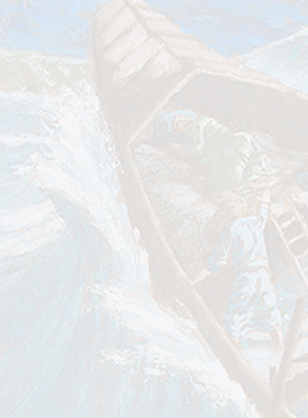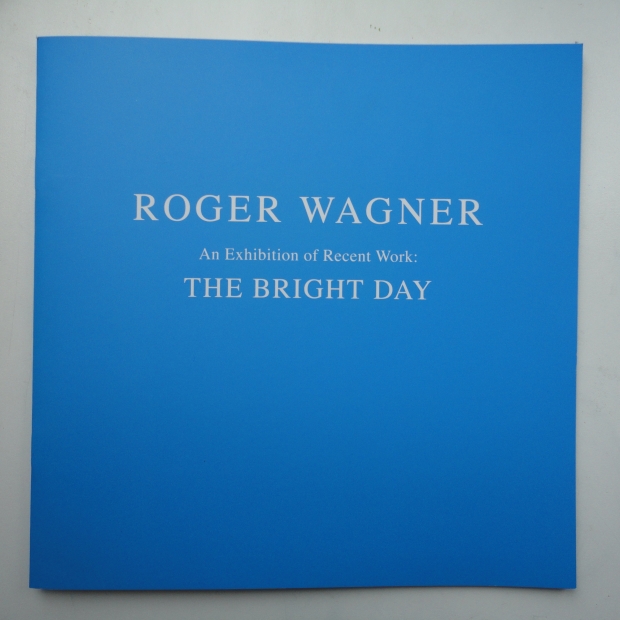Work > Articles
The Bright Day Colin Harrison 2013
When, in the preface to âMilton, a Poemâ, William Blake painted his vision of the second coming of Christ
âin Englandâs green & pleasant Landâ, he did so in words, not pictures; for Blake was not a landscape painter.
It was left to his disciple, Samuel Palmer, to depict the English landscape in religious terms, to identify the
hills and fields of the Darent Valley with the Christian paradise. The figure of man was to be always present:
âLandscape is of little value, but as it hints or expresses the haunts or doings of man. However gorgeous, it
can be but Paradise without an Adam.â
This intensely romantic vision of the English countryside was taken up by a number of later artists when Palmer was ârediscoveredâ in 1926. Yet Nash and Sutherland and Piper were never politically reactionary
like Palmer, and their vision was never so exclusively religious. Even Stanley Spencer, who transposed
Christian iconography to the Thames Valley at Cookham, did not follow the teachings of the church and his
sincerity can never be taken for granted. Samuel Palmerâs artistic lineage, therefore, as described by Jerrold
Northrop Moore in The Green Fuse (2007), is not straightforward and allows no room for imitators. Rather,
it is a complex family tree whose members would not necessarily recognize each other, even if they all
acknowledge the main trunk.
Roger Wagner is a fervent admirer of Samuel Palmer, yet he is also thoroughly modern. Like Palmerâs, his
art is essentially literary, but instead of evocations of Milton and Bunyan and Virgil, his primary text is the
Bible. Whether it is a menorah set up in a field in front of that symbol of modernity from the 1960s, Didcot
power station, or the angels of the Apocalypse grimly reaping the final harvest in Suffolk, Wagner refers
to both Old and New Testaments. The series of illustrations he made for his own translations of the Book
of Psalms develop the formal theme of the figure in the landscape so beloved of the Neo-Romantics, in a
landscape that is as often biblical as English.
Wagnerâs recent work includes illustrations and allegories inspired by biblical texts, landscapes loaded
with symbolic meaning, and portraits. Even these last are not straightforward depictions of external resem-
blance, or interior character, but strive for the timelessness of the greatest art. For Wagner works slowly,
building up his pictures like a mediaeval craftsman, teaching himself to adapt ancient techniques such as
painting on a gold ground, and learning from others how to make stained glass. His most significant achieve-
ment in recent years has been the window in Iffley Church, The Flowering Tree, which was installed in
2012 opposite John Piperâs Nativity Window made some thirty years earlier. They perfectly complement
each other, and notably enhance one of the most beautiful churches in England. The symbolism of the tree
extends to Wagnerâs continuing series of studies and finished paintings of the Oxfordshire landscape, notably
the majestic sight of Brightwell Barrow in different effects of weather, the light and clouds and shadows
and clouds conveyed not as fugitive and ephemeral, as an Impressionist would have done, but strangely
transfixed, as moments of eternal truth.
Colin Harrison, Senior Assistant Keeper, The Ashmolean Museum

